Note: Due to some technical difficulties with Steam, I have been unable to complete this game prior to release. This post will concern my thoughts on my experiences with the game for the eighteen hours I have played thus far. I will update this post when I have completed the game.
Legend of Grimrock was released in 2012 and is credited with reviving an interest in the dungeon crawling experiences of old. One of the major successes of Grimrock, besides the commercial success, was the way it brought back an older genre, but updated it for modern players without alienating fans of the games of old. If you were not a fan of the original Grimrock, I doubt enough has changed to lure you into the dungeon crawling fold. (It is rather cozy in this niche though.) For fans of the original or dungeon crawlers in general though, Almost Human has provided another substantial and fantastic experience worth of partaking. So let’s explore this dungeon-err island?
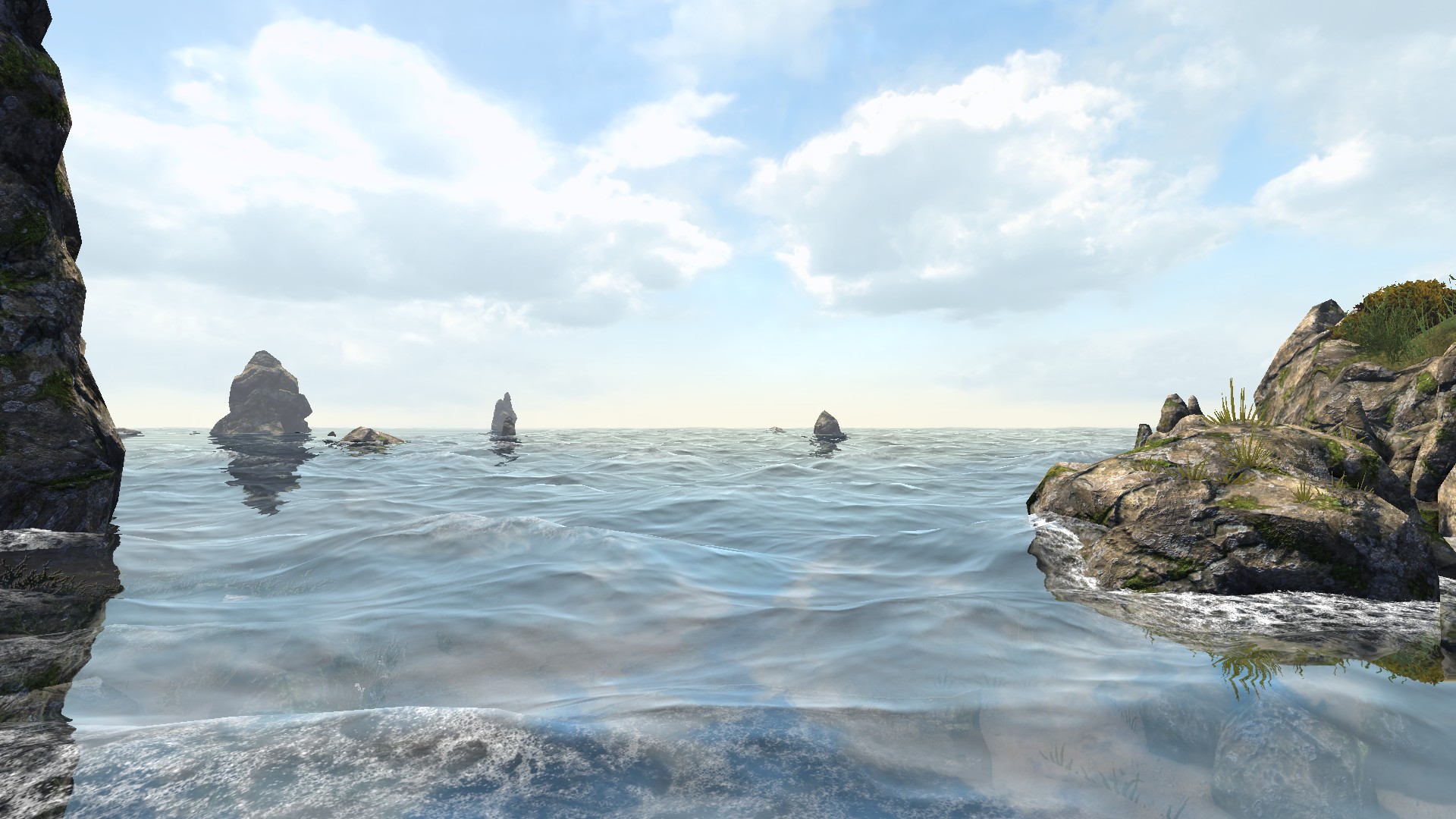
Legend of Grimrock 2 represents one of the best ways to do a video game sequel. The formula is not much different from the first game. The difference between the two games lies in several welcomed additions and tweaks that make the experience more enjoyable. I must confess; I never finished the first Grimrock. While I enjoyed the six or so hours I played, the repetitive environment really took its toll on me. I felt like I was never making progress. I realize there were some differences between levels, but the differences in design were not enough to keep fatigue at bay. This brings us to the most noticeable difference between Grimrock and Grmrock 2, the use of different environments. The action in Grimrock 2 occurs on an island upon which your party finds themselves stranded. While there are still several dungeons to explore, there is a vast overworld to discover as well. The island is separated into “levels” i.e. dungeons, but each locale manages to distinguish itself by the enemies populating it and the design of the environment itself. Keelbreach Bog has an eerie green mist that adds to an uneasy atmosphere. The Cemetery is populated with tombstones and undead horrors. (I hate those zombies there.) The distinctions do not stop at the outdoor environments though. Several of the dungeons-like levels also distinguish themselves. My favorite so far is the Wormbound Catacombs that are populated with crypts and an uncomfortable sense of danger that the skeletons surrounding you might rise around your party and attack. The atmosphere of the entire game is oppressive even when navigating the outside environments. You never feel safe for there is always a tangible sense of peril and disquiet that threatens to smother you. I have played survival horror games with a laughably tame atmosphere compared to Grimrock 2 and Almost Human deserves to be lauded for creating such a tense experience.
Navigation and movement unfolds the same as the first game, on a gridlike design. WASD controls your directional movement and the “Q” and “E” keys turn you left or right respectively. Unlike the recent Might and Magic X: Legacy which had a gridlike movement system in an open world game (because “nostalgia”), Grimrock 2 is designed entirely around this system of movement. Every bit of the game has been painstakingly crafted to ensure the way the player interacts coalesces with the movement and player’s view. Yes, enemies can be kited and cheesed by moving in squares around them and other such tactics. It does not feel like an exploiting or cheating though, rather an integral skill in surviving this cruel world.
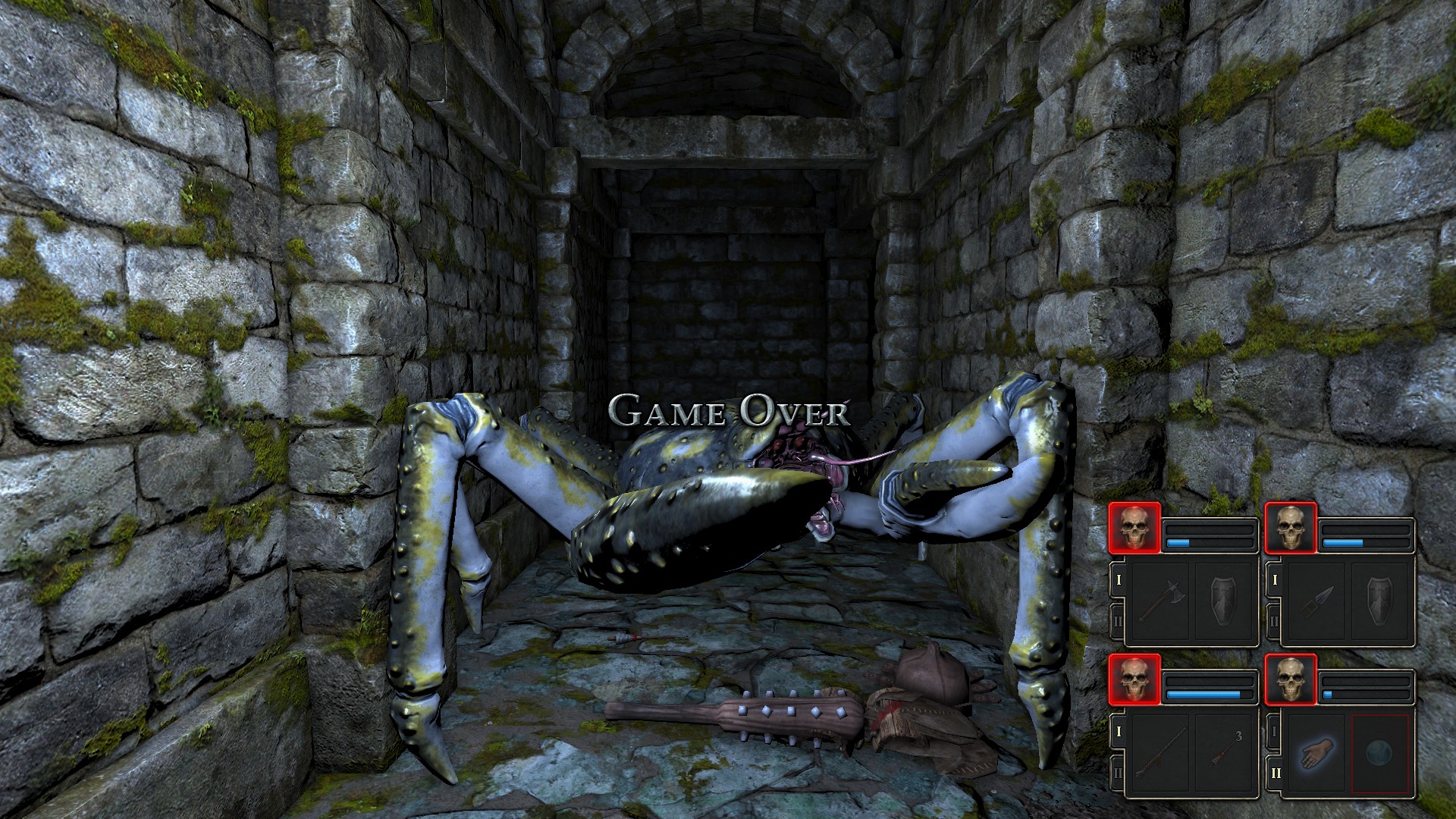
Oh boy is this game cruel! I am playing on “Normal” difficulty, and it is one of the most difficult games in recent memory. Never once does the game hold your hand or give much help with anything. This is both to the game’s strength and detriment. Being vague and obtuse is not inherently bad so long as the player can progress in some way without being gated. Dark Souls is a beautiful example of this principle. While there are parts of Dark Souls you are unable to access until you fulfill some criteria, you constantly discover new places and things to do. There is never a lack of things to entertain you; there is always some sense of progress. Not so in Grimrock 2. More than once I found myself encountering an obstacle or puzzle of some sort in which I was confused how to progress. While there are areas you should explore before others, it can be easy to miss some key object or hint somewhere in a level and be confused as how to progress. The game never alerts you that you have missed something of importance. It is up to you to explore every nook and cranny thoroughly and ensure no stone is unturned in your journey. Since most of my playtime was before release, my only source of help was to beg the awesome developers for assistance for my lacking mind. Although my pride limited me to making only one inquiry, I have been stuck more than once and am currently stuck again. For the most part though, the puzzles are very cleverly designed. On more than one occasion after I solved a puzzle, I found myself grinning with an inflated sense of self-esteem, only to get stuck on a new quandary soon thereafter. There have only been a few puzzles in my time so far that are just dreadfully obtuse. I am talking classic adventure game, Gabriel Knight 3 moustache kind of befuddlement. There are also some rather annoying enemies that can only be slain via a special weapon or spell. Without these items, you will be at their unrelenting mercy. The game never hints in any way as to which spells or weapon you may need or where they are located. It is a small annoyance, especially for fans of the genre, but it is there nonetheless.
Besides the environments, the spell-casting has received a necessary improvement. Unlike the first game, individual runes do not need to be clicked to cast a spell; rather, players can now draw a continuous line ensuring a much quicker pace of casting spells. There is also an option for spells casting immediately after connecting the runes, I prefer manual cast so as to have a spell ready for the cheeky buggers ready to pounce on you. No longer is pursuing magic a frustrating struggle, but rather a rewarding and empowering combat mechanic. The food mechanic has returned in full force though. Besides health, you need to manage your parties’ hunger levels. If they become too hungry, their stats and combat effectiveness decrease dramatically. I have yet to have someone die of starvation, but I imagine it could happen. However, food is not always plentiful on the island. As such, exploration can be inhibited because the player does not want to mindlessly exploring or backtrack in areas for items they missed only to run out of food. Whenever I find myself stuck or confused, I make a dummy save where I explore until I discover what I need so no food gets wasted. I understand why the food system is in place, but as I mentioned, sometimes the vagueness and opacity of your goals is in direct conflict with the food system.
The game has added new races and leveling system. In the first Grimrock, leveling was extremely rigid, and it was far too easy to make a useless character. In Grimrock 2, you have classes so as to develop a potential starting point, but the skills are more open now. My Ratling Alchemist happens to be an expert in missile weapons while my Wizard is solely focused on magical skills. Every level you gain grants you one skill point. As such, I found myself torn over which skills I wanted to level up first. This encourages diversity among your party, but also specialization. In far too many recent RPGs, it can be too easy to make a party or character that excels at everything. It is nice to have games like the recent Wasteland 2 and now Grimrock 2 encourage the player to actively think how they will develop their party and characters based on the player’s playstyle. Every skill point feels earned, like you wrenched it from the mouth of a great dragon with your bare hands. Leveling up feels well-earned and you become proud of your little parties’ prowess as you progress.
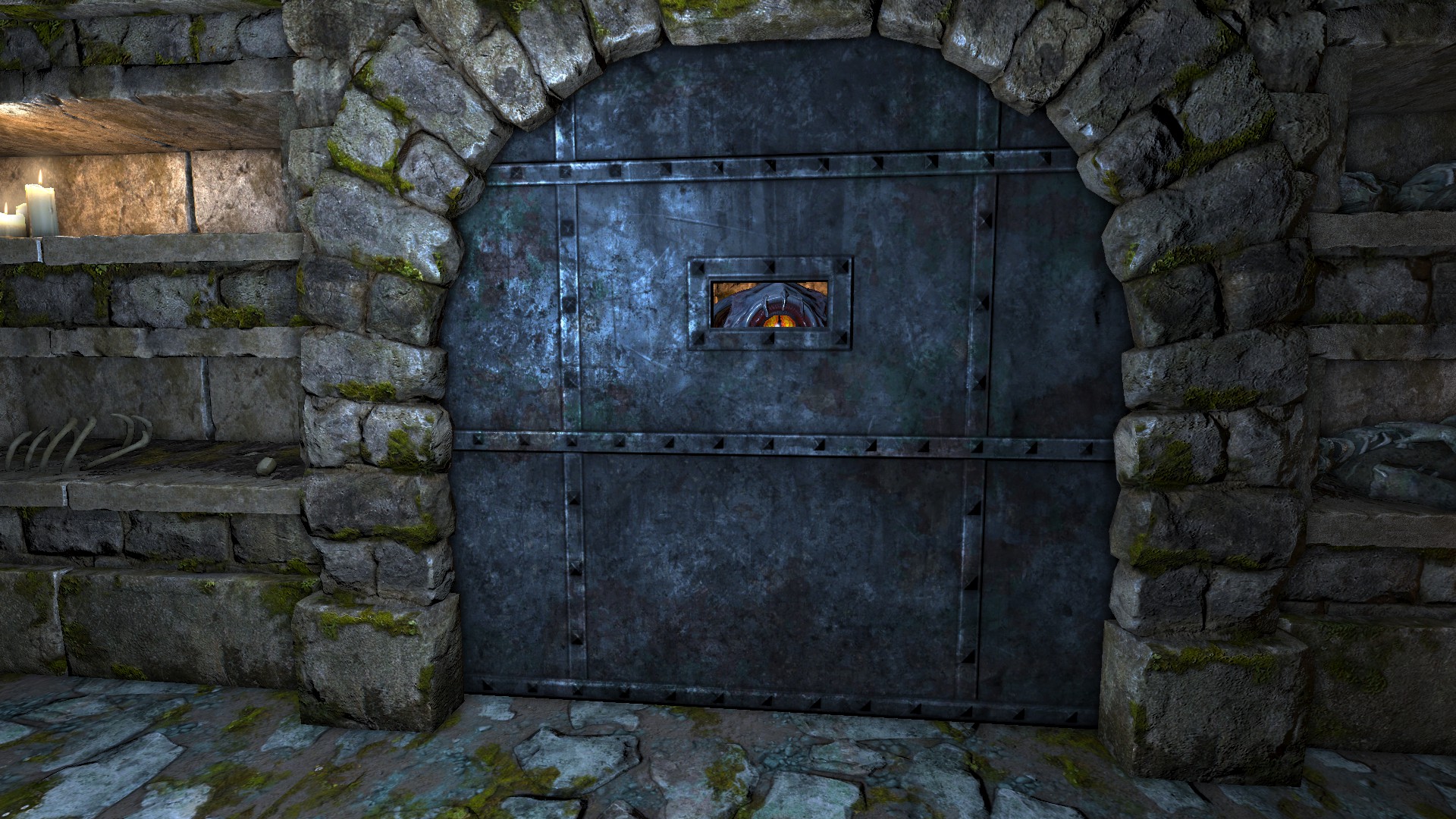
The map also deserves some mention. While you can play without auto-mapping (God bless your soul if you do) the map is simply fantastic. Not only does it provide a clear idea of what you have and haven’t explored, it allows you to take notes as well. There are several icons you can assign to anywhere on the map and type a custom message as well. I have found this particularly useful in marking chests I have plundered or locks that require a certain key. The map is downright terrific and every game of this sort, h***, every RPG should have some form of an interactive map.
Even better than the maps though, are the environments you explore. As I mentioned before, the environments are varied and distinct in their design and visual representation. However, there are a plethora of subtle little touches that show an attention to detail and care that really shows how dedicated the developers were in crafting this world. Ancient stones are covered in moss, dungeons have roots in the walls, and each enemy looks drastically different from the rest, especially the new ones. There are little touches like this littered throughout the world that help create the impression of a lived-in world rather than a simple game environment. The lighting system is also fantastic, creating a dynamic and moody sense of palpable darkness you are fighting to keep at bay. Grimrock 2 also features a day and night cycle, although I have yet to see if the time of day directly affects anything besides lighting. The game does not look much different than the original in most regards. The textures are sharper now than the first game, and the art style is crisp and vibrant. The AI is improved this time around, working to actively corner and harass you. Make no mistake; everything on this island is out to kill you. I found myself surprised on a couple of occasions when an enemy I thought I had escaped from, showed up attacking me from the rear. The only technical issue I have encountered is some occasional drops in frame rate. These drops only last about three to five seconds and did not happen often enough to hamper my enjoyment of the game.
It should also be noted that the game has launched with a dungeon editor and Steam Workshop support. Launching with this content will ensure fans will never run out of levels to explore. The editor is fairly easy to use, but will take a player time to craft a dungeon worth exploring.
Summary
Legend of Grimrock 2 is a must-play for fans of the original or dungeon crawlers in general, especially the ones of yore. If you were hesitant to pick up the first one, do not miss out this time around. The sequel is a much sharper and polished product and the launching with Workshop and dungeon editor ensures infinite replayability. If you want a challenging RPG with some retro sensibilities and design, you can’t do much better than Legend of Grimrock 2. Despite my issues with the game, it does more than enough right to ensure the positives far outweigh the negatives I can levy at the game. Also this game has pirate rats, pi-rats if you will. That alone is worth something eh?
What does your purchase net you?
For $23.99 you get one h*** of a bang for your buck. The first playthrough will likely take 20 hours minimum to complete based on your skill and use of hints. The additional difficulty modifiers for the truly old-school and devoted ensure the dedicated fans have the extra options to tweak their experience. The addition of Steam Workshop support and dungeon editor at launch is tremendous in adding replay value. The community is still thriving for the first game, so expect plenty of fantastic and unique mods for countless hours of dungeon crawling.
Moment of Artistry
Engaging in a furious battle with an enormous crab and barely escaping with your life. While trying to recover and recuperate, a second crab immediately devours your face. Rather than be frustrated, you deviously concoct a plan that swiftly eradicates the pesky crustaceans. Confident, you explore a little more only to be set upon by a flying, one-eyed, purple people eater that proceeds to eat your parties’ face.
Pros
+ Tense, uneasy atmosphere
+ Plenty of various locations and enemies
+ Deviously clever puzzles
+ Challenging gameplay
+ One of the best map systems in gaming
+ Detailed world filled with secrets to find
+ Day one mod support
+ Seriously, pi-RATS, how awesome is that?
Cons
– Can be a bit too vague and obtuse
– Easy to overlook key items
– Might be too difficult for some
– Food mechanic can inhibit exploration
– Gigantic crabs
8/10
This review was conducted with a pre-release review copy of the digital PC version provided by the developers.
Legend of Grimrock 2 can be purchased on Steam, GOG.com, Humble Bundle Store, or your preferred digital retailer.
Gerard was here…




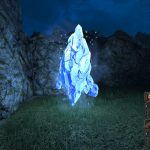



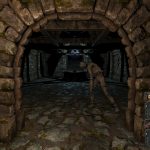

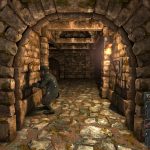

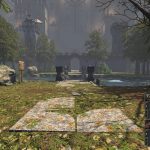
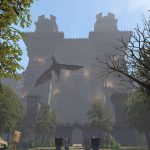
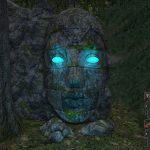
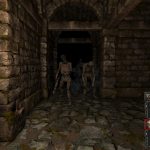
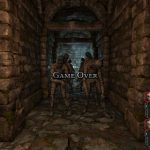
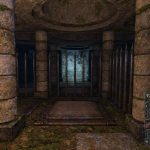



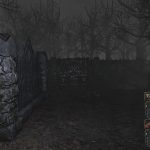

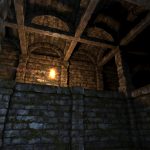
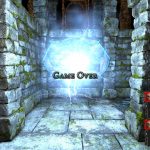

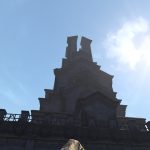



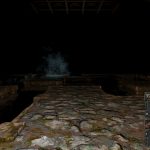


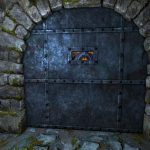

 …WOOLY DESERVES BETTER LOL!
…WOOLY DESERVES BETTER LOL!